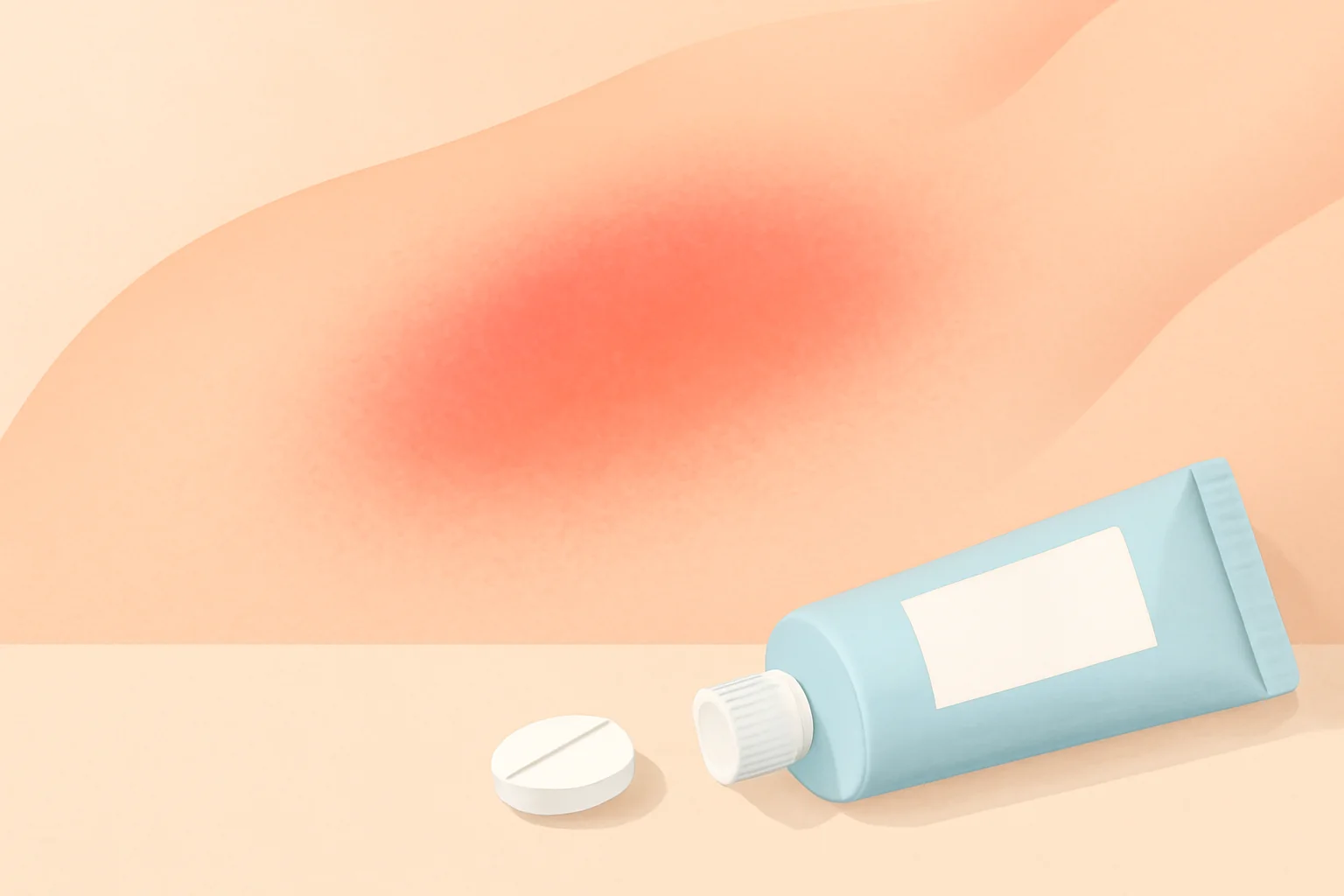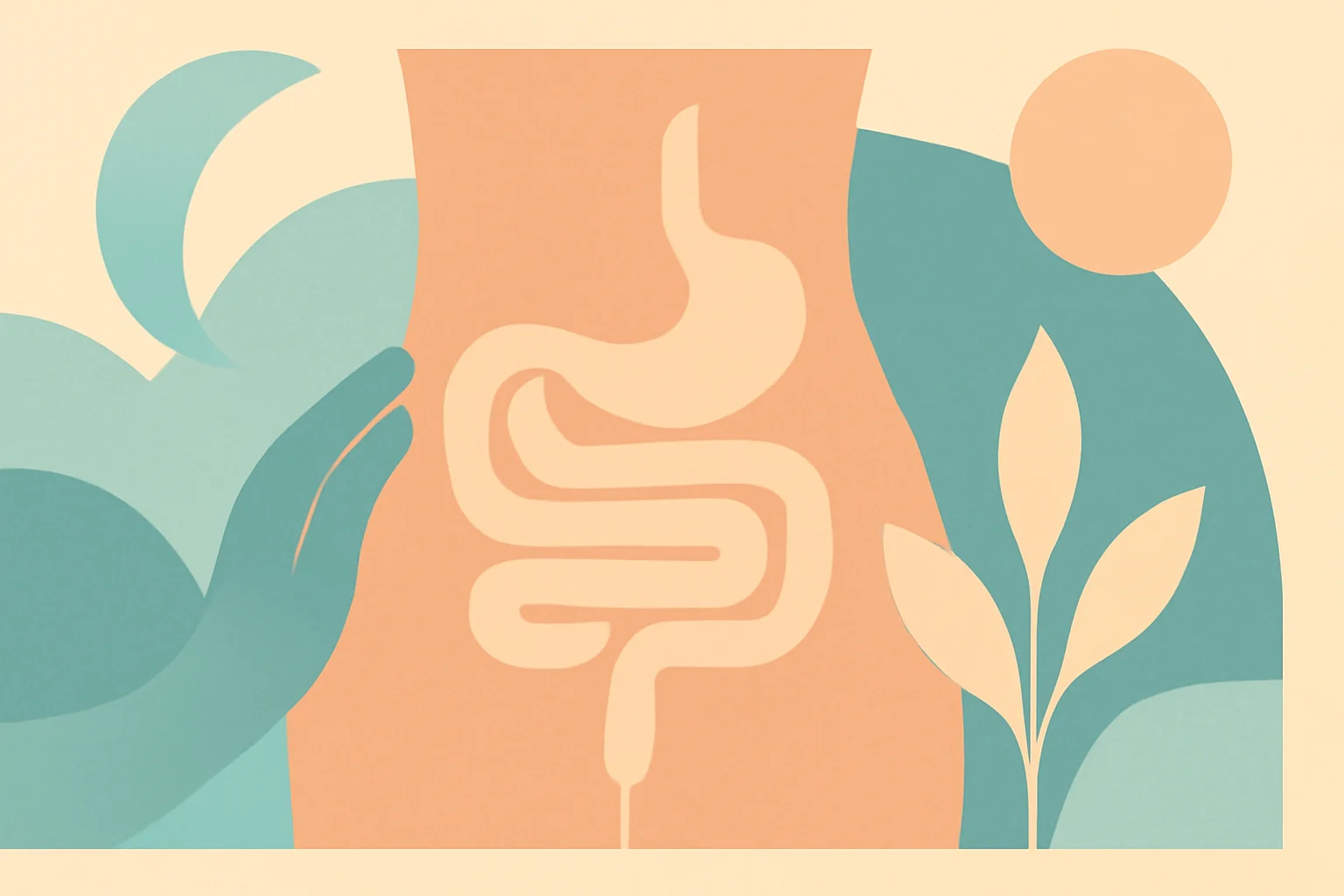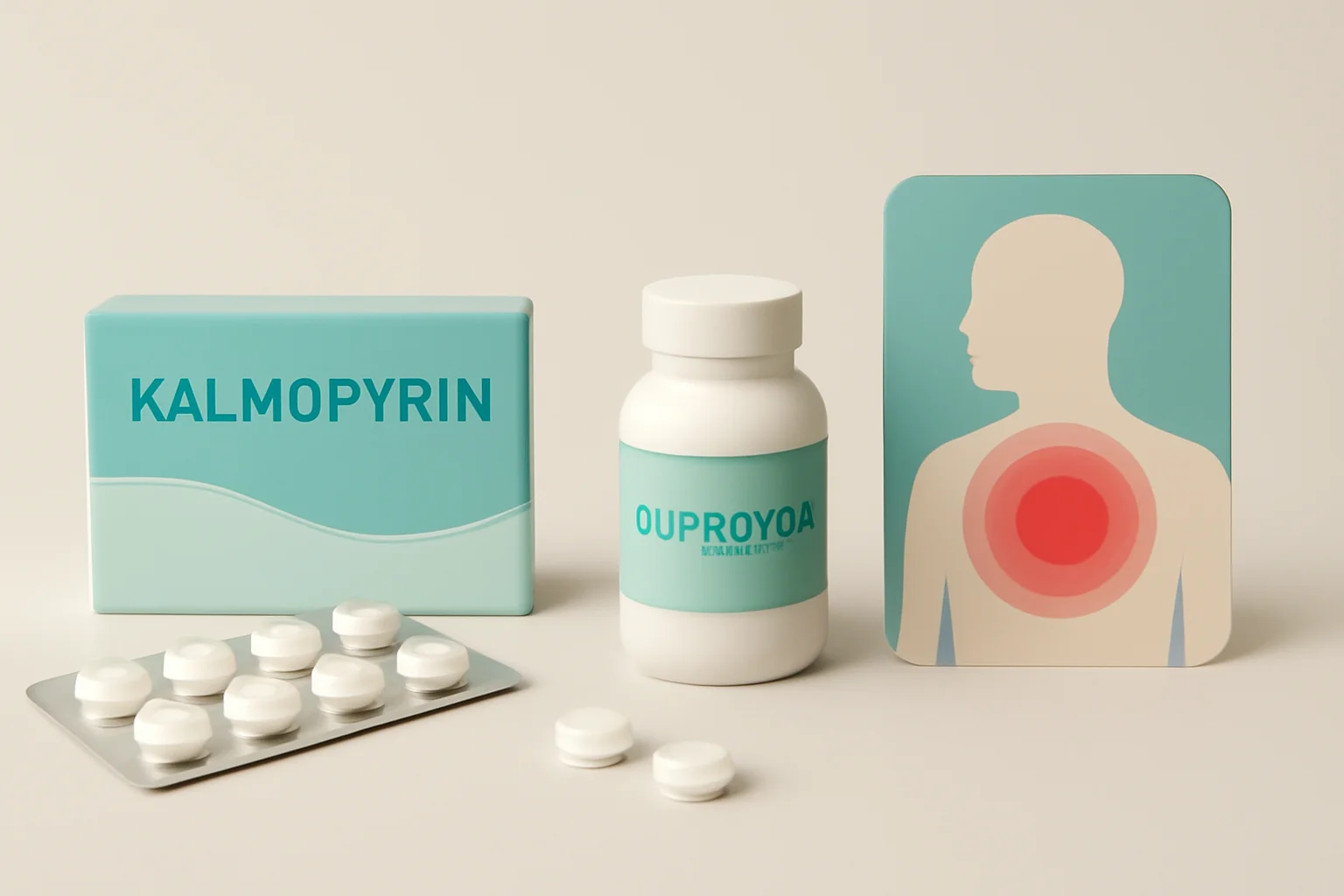
Why does our skin itch and what can we do against skin redness?
The skin is one of our largest organs, constantly exposed to environmental factors. In our daily lives, numerous elements can irritate it, leading to uncomfortable symptoms such as itching or redness. In many cases, these symptoms are not merely aesthetic issues but may indicate more serious health problems. Itching and redness often occur as a result of allergic reactions, skin diseases, or even stress.
The causes of skin irritation encompass a wide spectrum. Various skin conditions, such as eczema, psoriasis, or dermatitis, all carry the potential for itching and redness. Additionally, external factors like temperature changes, humidity, or substances that come into contact with our skin can also affect its condition. The color, texture of the affected areas, and the degree of itching can reveal much about the problem and assist in seeking appropriate treatment.
Below, we will examine in more detail the causes, symptoms, and possible treatment methods for itching and redness, to better understand how we can care for our skin and when it is advisable to consult a doctor.
Itching: Causes and Symptoms
Itching is an unpleasant sensation that complicates the lives of many people. Its causes can be extremely varied, and the degree of itching can also range widely. The most common causes include allergic reactions, skin diseases, infections, and external irritants.
In cases of allergic reactions, skin itching typically occurs after contact with the triggering substance. Such substances can include soaps, detergents, or certain foods. A characteristic feature of these reactions is that itching is often accompanied by redness, swelling, and rashes on the skin.
Skin diseases, such as eczema or psoriasis, are also common causes of itching. These chronic skin problems not only cause itching but also lead to dry, flaky skin, which can become painful in severe cases. Eczema is usually associated with skin inflammation, influenced by various factors such as stress, dietary habits, or environmental effects.
Infections, such as fungal infections, can also cause itching. These often appear on specific areas of the skin, such as between the toes or in skin folds, and are accompanied by redness and intense itching.
External irritants, such as chemicals, can also contribute to itching. Direct contact of the skin with harmful substances, such as chemicals or soaps, can cause irritation and itching. It is important to minimize contact with these substances and seek medical help if necessary.
Redness: What Could Be Behind It?
Redness is a reddening of the skin’s surface that can stem from various causes. The most common causes include inflammations, allergic reactions, and different skin diseases. Redness usually occurs due to the dilation of blood vessels under the skin and often accompanies itching or pain.
Inflammatory skin diseases, such as dermatitis, often present with redness. Various forms of dermatitis—contact dermatitis, atopic dermatitis—arise from different causes, but irritation and redness of the skin are always common features. The affected areas usually itch, and the skin surface may also show dryness.
In allergic reactions, redness typically appears following contact with the triggering substance. These reactions often manifest quickly, within minutes, and can cause rashes on the skin. Allergic redness usually occurs with itching, and the affected area may also swell.
Infections, such as bacterial or fungal skin infections, can also cause redness. These infections are often accompanied by itching, flaking, or pain, and require medical treatment. In these cases, redness is a reaction of inflammation, signaling the body’s defense against the infection.
Additionally, redness can arise from various external factors, such as temperature changes or sunlight exposure. Excessive sunlight or sudden temperature changes, like cold air and a warm room, can irritate the skin, resulting in redness.
Treatment Options and Prevention
The treatment of itching and redness primarily depends on identifying the causes. The first step is for the affected individual to observe when and how the symptoms occur to identify the triggers.
If it is an allergic reaction, the most important step is to avoid the allergen. Antihistamines can be used to reduce allergic symptoms, helping to alleviate itching and redness. Creams recommended by dermatologists, such as corticosteroids, can also be effective in reducing inflammation.
For skin diseases like eczema or psoriasis, various treatment options are available. These include creams and ointments suitable for local treatment, but in more severe cases, oral medications or light therapy may be necessary. A dermatologist should assist in developing the appropriate treatment plan.
From a prevention standpoint, proper hydration and protection of the skin are essential. Dry skin is more prone to irritation, so regular use of moisturizers is crucial. Additionally, it is important to avoid skin-irritating substances and maintain hygiene to prevent infections.
Moreover, stress management can also be important, as stress can contribute to the development of skin problems. Regular exercise, relaxation techniques, and a healthy diet can help maintain skin health.
Note: This article does not constitute medical advice, and in case of health problems, everyone should follow their doctor’s recommendations.

